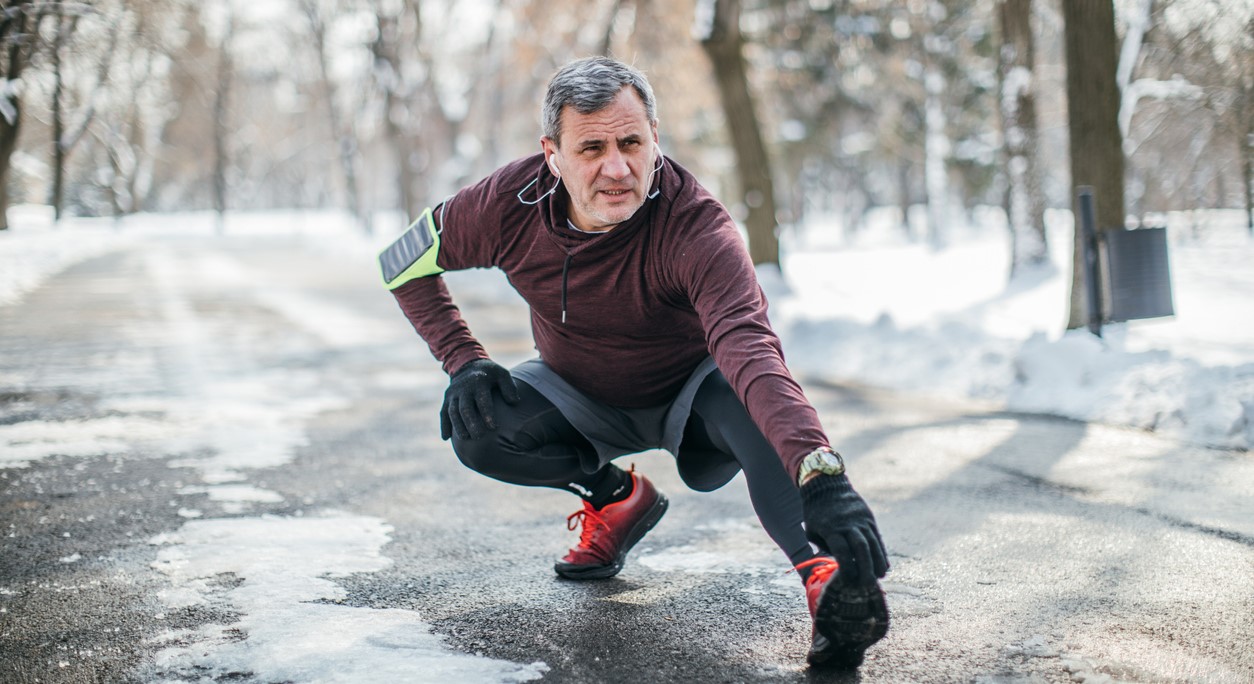-
- Find Care
-
- Visitor Information
- Find a Location
- Shuttles
- Visitor Policies
-
-
- Our Virtual Care Options
- Virtual Urgent Care
- Virtual Visits for Primary & Specialty Care
- Online Second Opinions
- Participate in Research
-
- Contact us
-
- For Innovators
- Commercialization Guide for Innovators
-
-
- Research News
- Alzheimer's Disease
- Artificial Intelligence
-
- Overview
-
- Overview
- Getting Started
- New to Mass General Brigham
- International Patient Care
- What Is Patient Gateway?
- Planning Your Visit
- Find a Doctor (opens link in new tab)
- Appointments
- Patient Resources
- Health & Wellness
- Flu, COVID-19, & RSV
- Billing & Insurance
- Financial Assistance
- Medicare and MassHealth ACOs
- Participate in Research
- Educational Resources
- Visitor Information
- Find a Location
- Shuttles
- Visitor Policies
- Find Care
-
- Overview
- Our Virtual Care Options
- Virtual Urgent Care
- Virtual Visits for Primary & Specialty Care
- Online Second Opinions
-
- Overview
- Participate in Research
-
- Overview
- About Innovation
- About
- Team
- News
- For Industry
- Venture Capital and Investments
- World Medical Innovation Forum (opens link in new tab)
- Featured Licensing Opportunities
- For Innovators
- Commercialization Guide for Innovators
- Contact us
-
- Overview
- Information for Researchers
- Compliance Office
- Research Cores
- Clinical Trials
- Advisory Services
- Featured Research
- Two Centuries of Breakthroughs
- Advances in Motion (opens link in new tab)
- Brigham on a Mission (opens link in new tab)
- Gene and Cell Therapy Institute
- Research News
- Alzheimer's Disease
- Artificial Intelligence
-
- Overview
-
- Overview
- Residency & fellowship programs
- Brigham and Women's Hospital
- Massachusetts General Hospital
- Mass Eye and Ear
- Newton-Wellesley Hospital
- Salem Hospital
- Integrated Mass General Brigham Programs
- Centers of Expertise
- Global & Community Health
- Health Policy & Management
- Healthcare Quality & Patient Safey
- Medical Education
- For trainees
- Prospective trainees
- Incoming trainees
- Current trainees
- Continuing Professional Development
Winter Workouts: How to Exercise Safely

Your activity level doesn’t have to drop when the temperatures plummet. If you enjoy exercising outdoors, you may find it challenging to stay motivated in winter. But this time of year can be an opportunity to set new year health goals, try new things, and strengthen your body in diverse ways.
“When winter comes, people who enjoy exercising outdoors, such as those who run, bike, or hike in the good weather, can struggle to find a workout routine that works for them,” says Andrea Noel-Doubleday, PT, MPH, a physical therapist and assistant director of rehabilitation services at Mass General Brigham’s Cooley Dickinson Hospital. “But in fact, winter is a good time to try things that can make you a better athlete come the spring. Winter activity also helps prevent repetitive stress injuries in endurance athletes.”
If the cold weather forces you inside, Noel-Doubleday enthusiastically recommends cross-training. But if you still want to exercise outdoors through the winter, she offers a number of helpful tips to stay safe.
Transitioning from outdoor workouts to indoor workouts
Some who want to avoid extreme winter temperatures worry that indoor exercise will be boring, Noel-Doubleday says. But she says mixing it up can be fun.
Every athlete at every level can benefit from strength training, interval training, and speed work, she says. Runners and bikers can replace outdoor endurance activities with hills and climbs on a treadmill or a stationary bike.
“There are a lot of different types of strength training that you can do in your basement. You can get on YouTube and find some great 20- or 30-minute strength workouts. Or you can take advantage of fitness classes at your local gym. You might find that you really enjoy it,” she says. “You might also want to connect with a personal trainer and get some one-on-one guidance about ways to improve your performance over the winter so you are better conditioned when the weather breaks.”
If you worry that the winter months will shorten your workouts and lower your fitness level, Noel-Double-Day emphasizes that adding short bursts of exercise can be very effective.
“There’s a huge benefit to taking 10 minutes and doing a quick strength training routine right in your office or in your basement. For example, if you just put something in the oven, you can do a couple of exercises, maybe some squats, a couple of plank moves, or some bridging for your glutes,” she says. “If winter prevents you from doing what you would normally do, what can you fit in? Short bursts of exercise are going to make you feel better mentally and emotionally.”
She cautions people to be careful when multitasking on exercise equipment, such as reading and watching TV. “It can be a good distraction, but you don’t want to misstep and risk injury.”
Safety when exercising outdoors in cold weather
If you plan to brave the cold and early darkness, Noel-Doubleday offers several tips for safe outdoor winter exercise.
Dress properly for winter workouts
Dressing correctly will keep you more comfortable in the elements and can also help prevent hypothermia.
“When you step out the door, you should actually feel kind of cold,” she says. “You don’t want to be toasty warm when you first walk out the door, because then you’re really going to overheat. And then it’s easy to get dehydrated.”
Instead, dress in removable layers. Make sure the base layer is made of dry-fit, moisture-wicking materials. Those fabrics will pull perspiration away from your body and keep you as dry as possible. And don’t forget a hat to keep warmth in.
If it’s raining or snowing, your top layer should be a waterproof jacket with a hood. Noel-Doubleday also recommends a face mask made of moisture-wicking material to warm the air before it enters your lungs.
Slippery surfaces
If there’s snow on the ground, there’s probably going to be ice on roads and sidewalks. Slips and falls on ice often lead to ankle sprains, wrist injuries, fractures, and head injuries like concussions. You can prevent falls with products you put on your shoes, such as spikes and traction devices.
Noel-Doubleday also recommends establishing consistent routes for walking or running outdoors in winter. You will be safer on surfaces when they are familiar, when you know where the cracks and grates are located, for example. Also be sure to let friends and family know your route.
Nighttime safety
Winter brings early darkness, which may mean you’re exercising with limited visibility. Noel-Doubleday encourages you to wear lights and reflective gear to help you see and to help others see you. Many running clothes, such as vests and tights, have reflectors built in. You can also wear a headlamp, carry a flashlight, or hook a flashlight ring onto your finger.
She also emphasizes the importance of carrying your cell phone. “Even with precautions, you still might stumble or take a fall, and you’ll really want your phone with you. Absolutely don’t take a winter run without your phone.”
Hydration during winter exercise
You’re not necessarily thinking about your hydration as much in the winter as you are in the summer, but it’s still very important to stay hydrated. “We still work up a sweat and can still get dehydrated,” says Noel-Doubleday. Maintain your hydration habits in winter, she suggests, including gels and supplements. Get more hydration tips for athletes.
Sun protection
Many people also forget sun protection during winter workouts. Noel-Doubleday recommends eye protection such as sunglasses or goggles to protect your eyes, as well as sunscreen to protect your skin. “Don’t put the sunscreen away when summer's over,” she says.
